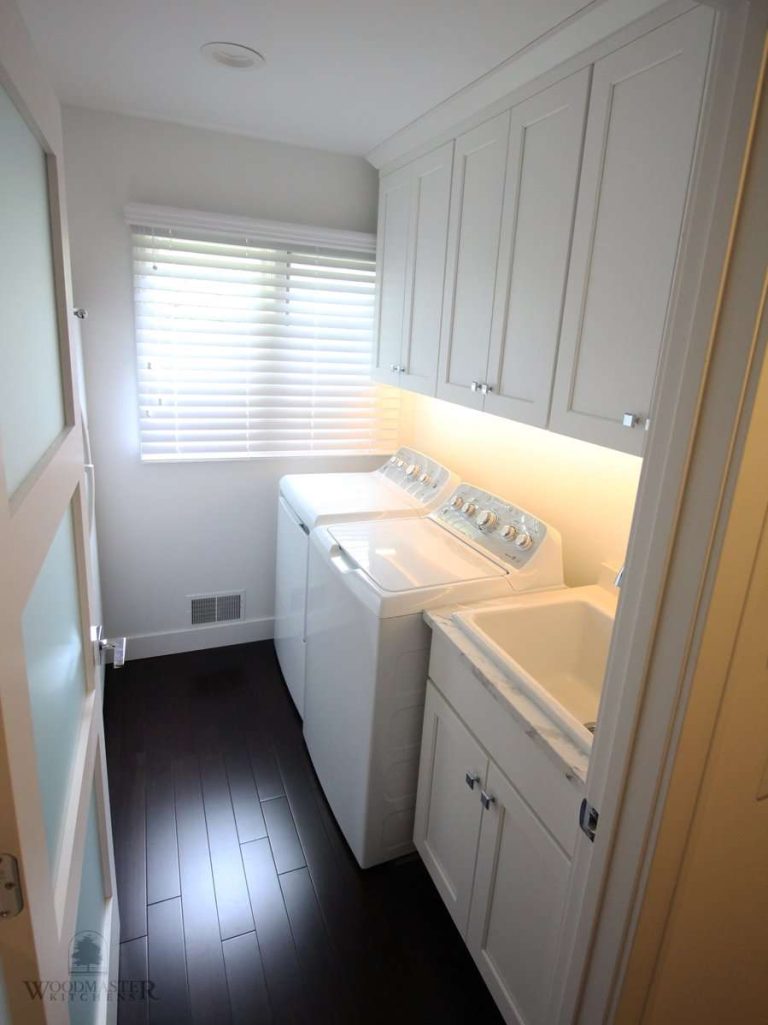So, you’re thinking about doing your own loft conversion? Good for you! Attic conversions are such an asset to a property. Not only do you gain a whole new level to your home, but you are also guaranteed to add a whole chunk of value to your property as well!
But of course, getting started with an attic extension is daunting. There are a lot of steps to take before you can enjoy your new space. From making sure you have planning permission and ensuring the area is safe, to knowing your budget and not upsetting the neighbours, you want to make sure you’re on top of this huge project. To avoid any mistakes at all costs, use this article and our expert advice as a guide on what NOT to do…
Convert your attic (even though it’s not possible)

Before you get excited, find out if your property can physically take a loft conversion. You’d be surprised at the number of times people have paid for help and materials before actually getting an expert to take a look! Andra DelMonico, Lead Interior Designer at Trendey explains more.
“The biggest mistake homeowners make is that they forget to check if a loft conversion is even possible. Without considering the usability of the end result, you could easily end up with an impractical or even unusable loft. Check the underside of your roof to confirm its basic construction to determine compatibility. Look at the overall height of the roof to calculate headroom.”
Don’t know your budget

Before you start any DIY task, you should always look at your budget. The same goes if you want to start an attic extension. The average loft conversion cost will be influenced by the size and type of extension you choose. Based on a 30m2 loft space in the UK, a Velux loft extension will vary between £22,500 to £30,000. If you were looking for a shell loft conversion, the price would differ from £22,500 to £37,500.
To look at prices in your local area, contact a number of recommended loft conversion experts to receive different quotes. Remember, if a price is high, it doesn’t always mean good quality. Read their reviews closely and then evaluate the costs afterwards with a realistic mindset.
Don’t get planning permission

This is one of the worst loft conversion mistakes you can make. If you don’t have planning permission, there’s no point in looking further. Building planning permissions will vary on the area or country you inhabit. Research carefully or contact your local council to see how and who you need to speak to so that you can start the process wisely. You may find that you don’t need any planning permission, but it is always important to find out first.
Adam Wood, Co-Founder of Revenue Geeks shines some light on the number of factors that may deny you from having a loft conversion.
“You may need to apply for planning approval if the loft does not conform with the permitted development rights. It has an impact on neighboring properties. Overshadowing and a lack of light are two frequent potential difficulties that can cause problems for your neighbours. The design Is inexpensive and unprofessional. It is in violation of both local and national policies. If you reside in a conservation district, a listed building, or have just converted your house into flats, you must file a special application.”
Do it yourself

Unless you’re a professional loft conversion expert, don’t attempt to do it by yourself! Often, a regular builder won’t even know all the ins and outs of converting an attic, so make sure you find an expert to help you. Many companies offer loft conversion kits that can get you up and running, but they still highly recommend finding a specialist to help you with the project.
To find a well-trusted expert, look for reviews online. Take a look directly at the contractor’s website then go to review websites as well as social media platforms such as Facebook.




